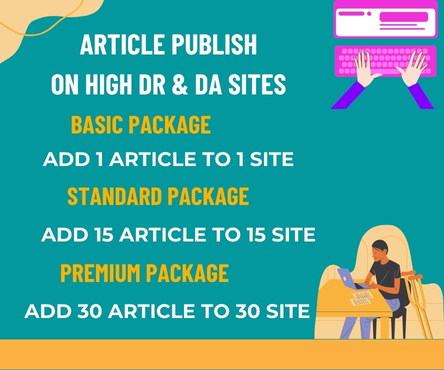Ingrown nails are a common affliction affecting millions worldwide. This painful condition occurs when the nail grows into the surrounding skin, leading to inflammation, swelling, and sometimes infection. If left untreated, ingrown nails can cause significant discomfort, making everyday activities a challenge. Fortunately, various ingrown nail treatment singapore options are available to alleviate symptoms and prevent future occurrences.
Causes and Symptoms
Before diving into treatment options, it’s essential to understand the causes and symptoms of ingrown nails. The primary culprits behind ingrown nails are improper nail trimming, tight footwear, genetics, and poor foot hygiene. Symptoms include pain, redness, swelling, and sometimes pus or discharge around the affected nail. In severe cases, ingrown nails can lead to increased sensitivity, making it difficult to walk or wear shoes.
Home Remedies
For mild cases of ingrown nails, home remedies can provide relief. Soaking the affected foot in warm water mixed with Epsom salts or essential oils like tea tree oil can help reduce swelling and ease pain. Applying antibiotic ointment and covering the area with a bandage can prevent infection. Gently lifting the edge of the nail and placing a small piece of cotton or dental floss underneath can also help the nail grow above the skin.
Professional Treatments
If home remedies don’t provide relief, it’s time to consult a professional. Podiatrists or dermatologists can diagnose the severity of the ingrown nail and recommend suitable treatments. Some effective professional treatments include:
- Nail trimming: A podiatrist can trim the ingrown nail to relieve pressure and prevent further irritation.
- Nail bracing: A nail brace can be applied to lift the nail away from the surrounding skin, promoting healthy growth.
- Topical treatments: Topical antibiotics or steroid creams can be prescribed to reduce inflammation and prevent infection.
Surgical Options
In severe cases of ingrown nails, surgical intervention may be necessary. A podiatrist can perform a minor procedure to remove part or all of the ingrown nail. One common surgical procedure is a partial nail avulsion, where the affected portion of the nail is removed, and a chemical is applied to prevent regrowth.
Prevention is Key
Preventing ingrown nails is always better than treating them. Some simple preventive measures include:
- Proper nail trimming: Trimming nails straight across and avoiding cutting them too short can help prevent ingrown nails.
- Wearing proper footwear: Wearing shoes that fit comfortably and don’t put pressure on the toes can reduce the risk of ingrown nails.
- Maintaining good foot hygiene: Washing feet regularly and drying them thoroughly, especially between the toes, can help prevent ingrown nails.
Conclusion
Ingrown nails can be painful and debilitating, but various treatment options are available to provide relief. From home remedies to professional treatments and surgical options, there’s a solution for every severity level. By understanding the causes and symptoms of ingrown nails and taking preventive measures, individuals can reduce their risk of developing this painful condition. If you’re experiencing persistent ingrown nail issues, consult a podiatrist or dermatologist for personalized advice and treatment.

